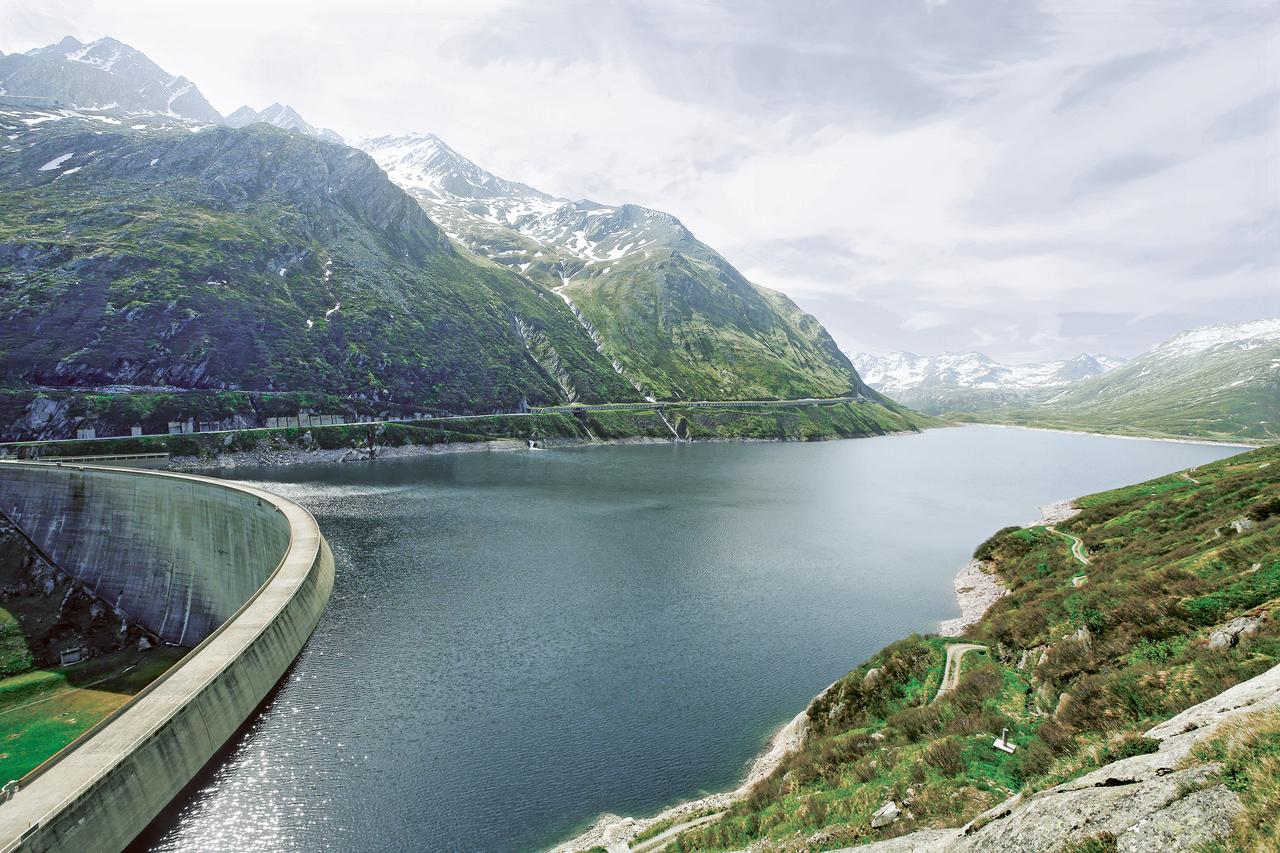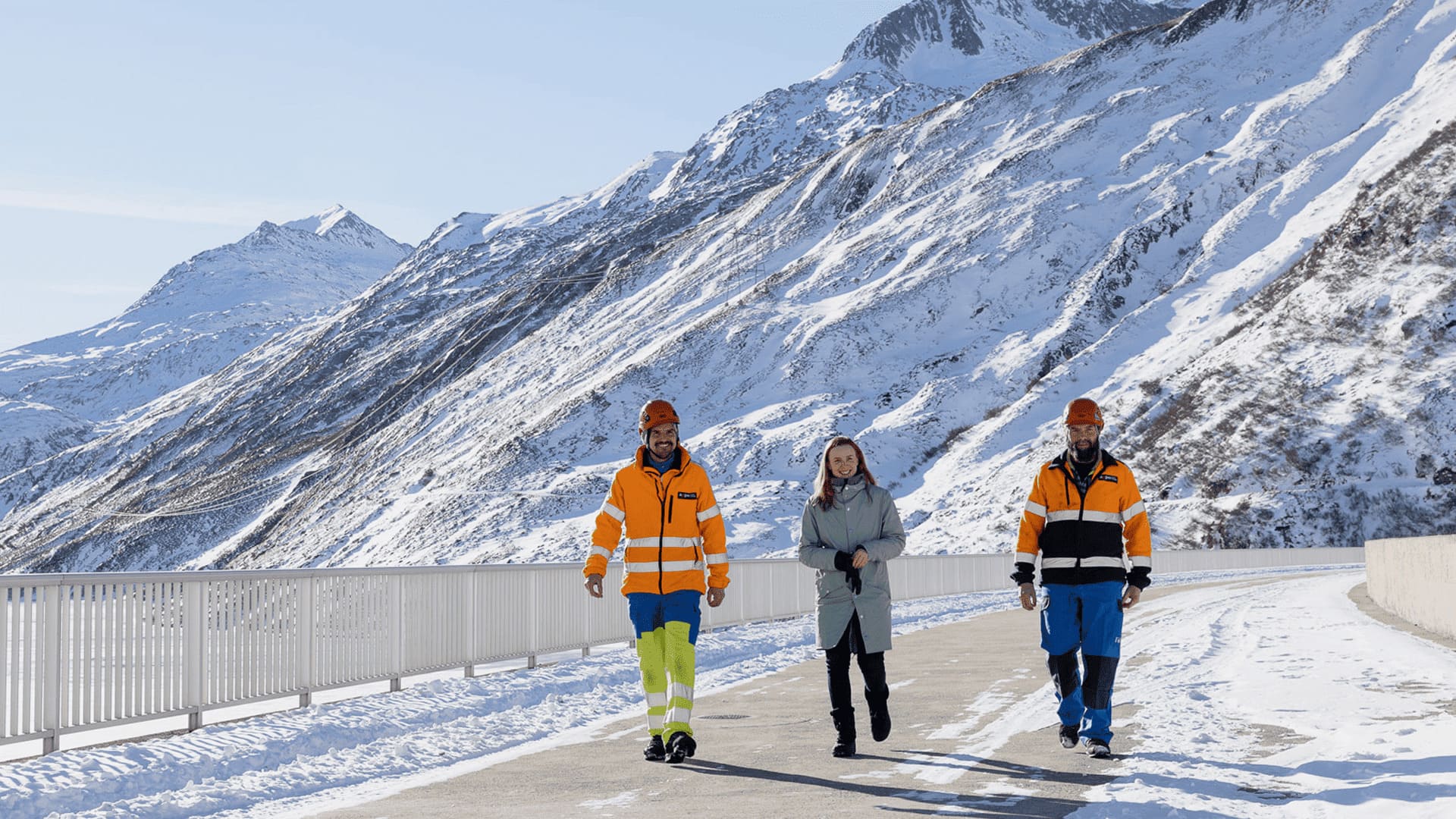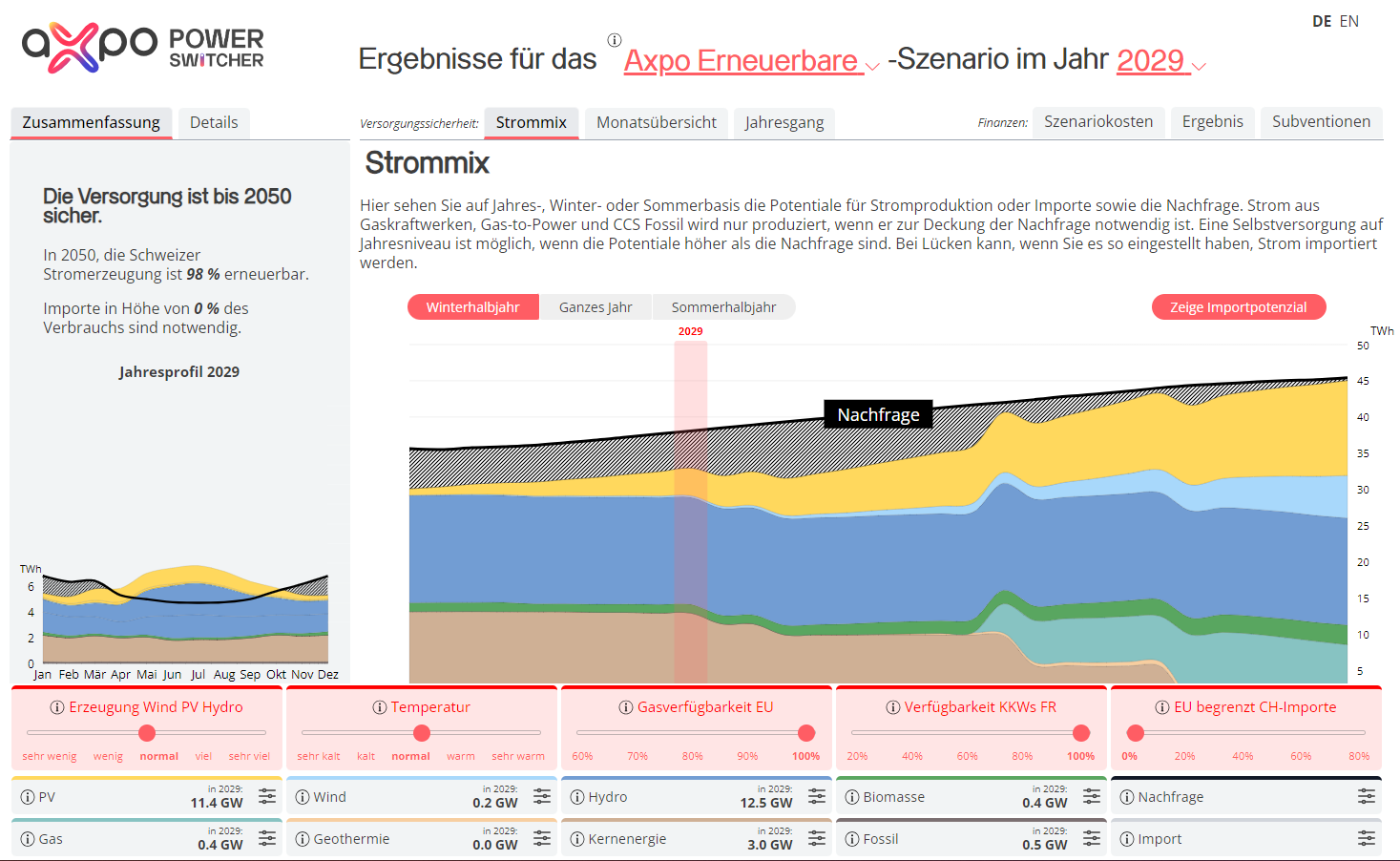02.09.2024 | Wind power generates winter electricity
Seven reasons to build wind power plants in Switzerland
Switzerland intends to decrease its greenhouse gas emissions to net-zero by 2050. Power from renewable energies plays a key role here. At the same time, our country must be reliably supplied with electricity around the clock – even in winter when power becomes scarce and we depend on imports. The following seven reasons explain why wind energy is an important component for a successful energy transition.
Wind energy...
- ...is renewable and a proven technology. Wind is a natural, domestic, CO2-free renewable energy source. And: Wind is free. Wind plants can generate the energy used for their manufacture and transport in just a few months. The technology is reliable and proven.
- ...generates a lot of winter electricity. Depending on the site, up to two thirds of a wind plant’s production occurs during the winter half-year, precisely when we are combating shortages. During this time, solar and hydropower cannot generate enough power – and, hence, wind power is an ideal supplement to the Swiss power mix.
- ...reduces dependency on foreign countries. Wind power can make a decisive contribution to reliable power supply throughout the year. Switzerland relies on power imports in the winter. This foreign dependency is a problem: On the one hand, we import power from fossil resources and undermine our climate goals. On the other hand, there is no guarantee that our European neighbours will not also be confronted with shortages depending on how the geopolitical situation develops.
- ...has potential. The potential of wind power in Switzerland is theoretically nearly 30 terawatt-hours (TWh) per year according to the Swiss Federal Office of Energy (SFOE). If only 30 per cent of this were realised – corresponding to some 1,000 plants – about 9 TWh of wind energy per year would make a decisive contribution to power supply in Switzerland. According to the SFOE, the bulk of potential is in the midlands with nearly 18 TWh per year. Plants on the Jura Arc and in large valleys and high alpine regions could generate about 12 TWh of electricity annually.
- ...uses little space. A modern wind turbine can yield power for up to 2000 households on an area the size of a single-family home. Generating the same amount of electricity from photovoltaics would require a surface equal to of about seven football fields. Therefore, in terms of space requirements, wind energy has a big advantage in Switzerland.
- ...protects the environment: The intervention in nature is relatively limited when the site is carefully chosen. Suitable areas include easily accessible land where protected habitats and threatened species are not endangered. An environmental impact study is a prerequisite for wind energy projects producing 5 megawatts or more. The study comprehensively examines over 15 different environmental aspects. These include bird protection. What does that mean? You will find a detailed example here.
- ...can be built and dismantled quickly. Wind energy plants can be built quickly. However, realisation of these plants is often delayed for years due to opposition and objections. When a plant is no longer of service, it can be quickly dismantled, which is a great advantage when it comes to land conservation. For the most part, the components of wind energy plants are already being recycled.




.jpg)





